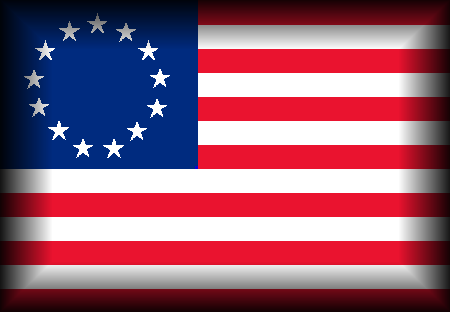Answer Page
That is the correct answer.
The size of the projectile was signified by the size of the bore diameter of the cannon's barrel. That size was noted as the caliber in inches. The caliber size, in only a few cases, matched the weight of the solid iron ball shot. (In other words, a cannon with a bore diameter of 3 inches would shoot a slightly smaller iron ball that weighed between 3 and 4 pounds, but a cannon with a bore diameter of 5.29 inches would shoot a ball that weighed 18 pounds.) The size of the cannon came to be referred to in terms of the average weight of the solid ball shot they could fire. A cannon that shot a 3-pound ball was called a 3-pounder, one that shot a 6-pound ball was called a 6-pounder, and so on. Nearly thirteen different calibers were employed in the guns at the time of the War. The most common calibers included 2.91 (which shot a 3-pound ball), 3.67 (which shot a 6-pound ball), 4.20 (which shot a 9-pound ball), 4.62 (which shot a 12-pound ball), 5.29 (which shot an 18-pound ball), 5.82 (which shot a 24-pound ball), 6.41 (which shot a 32-pound ball) and 6.95 inches (which shot a 42-pound ball). Larger caliber guns, such as mortars, were generally utilized as siege guns. They included 8.0 (which shot a 46-pound ball), 10.0 (which shot a 93-pound ball) and 13 inches (which shot a whopping 200-pound ball).
Click on the "Betsy Ross Flag" below, or use your browser's "Back" button, for the next question.



